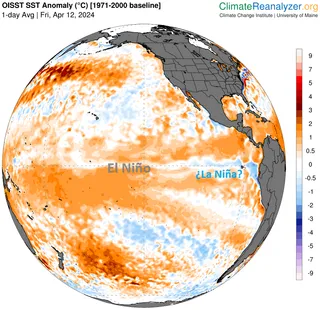
According to the Climate Prediction Center, a transition from El Niño to ENSO-neutral is expected to be possible by April-June 2024 (85% probability), with a probability of La Niña developing by June-August 2024 (60% probability).

Graduated in Physics from the University of Seville in 1977. Paco Martín joined the former INM, currently AEMET, where he has worked for more than 36 years, belonging to the bodies of Observer, Assistant Meteorologist and Superior Body of State Meteorologists. Francisco has held positions of responsibility within AEMET in the areas of Forecasting. In addition, he has been a professor in training courses for new personnel and courses for updating predictors.
He has been invited by international organisations (WMO, EUMETSAT, some National Meteorological Services of Ibero-American countries, etc.) as an expert in forecasting, nowcasting and early warning systems. Also, he has participated in numerous lectures and informative events in Universities, Masters and Amateur Meetings in Spain and has conducted and coordinated studies on severe weather phenomena within AEMET.
For more than a decade, within Meteored, he has been dedicated to the popularisation of meteorology and its related sciences with the management of the RAM where he is Coordinator.

According to the Climate Prediction Center, a transition from El Niño to ENSO-neutral is expected to be possible by April-June 2024 (85% probability), with a probability of La Niña developing by June-August 2024 (60% probability).

Meteorologists estimate that there is an 85% chance that El Niño will end and the tropical Pacific will move to neutral conditions for the period April-June 2024. La Niña would then appear between June and August.
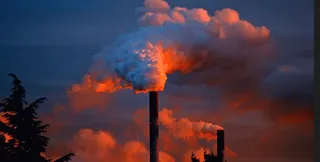
Scientists have determined that China is increasing total emissions of a powerful greenhouse gas, especially during 2011, with a warming potential that is extraordinary.
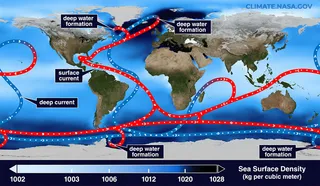
Scientists have shown that increasing greenhouse gases and anthropogenic aerosols in different parts of the world are contributing factors to the slowdown of the AMOC.

In the frozen layers of glaciers there is evidence of changes in temperature and atmospheric composition of the Earth. But as the climate warms, some of the longest records of our changing planet are melting.

ESA's Mars Express probe has captured an intriguing view near the north pole of Mars, where vast sand dunes meet the numerous layers of dusty ice that cover the planet's pole.
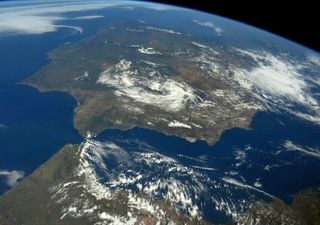
The Atlantic was born when Pangea broke up approximately 180 million years ago, one day it will close and begin its decline like other oceanic and marine masses did.

The number of family members an individual has is expected to decrease by more than 35% in the near future. At the same time, the structure of families will change dramatically.

In space, in the middle of an incredibly energetic galactic nucleus, it is possible to observe "forbidden" light that cannot be reproduced in the laboratory and appears to violate the known laws of Physics.
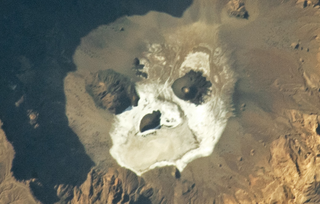
One of the most curious structures observed from space is this face that appears in a volcanic moat in northern Chad. In it you can easily see shapes such as eyes, nose, mouth, etc.
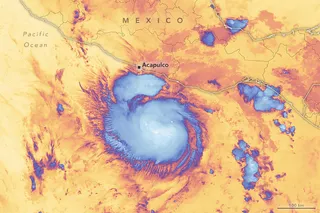
Hurricane Otis has broken several regional records for the strength and speed of its intensification. It has passed through the state of Guerrero where storm surges, floods and landslides have been recorded, as well as damage to infrastructure and an airport. Acapulco has been one of the most affected cities
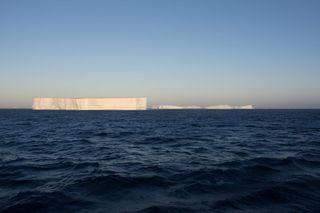
The melting of the supergiant iceberg A-68 had a huge impact on the ocean around South Georgia in the sub-Antarctic, significantly changing the temperature and salinity of the Southern Ocean, with potentially important consequences for this ecologically important region.